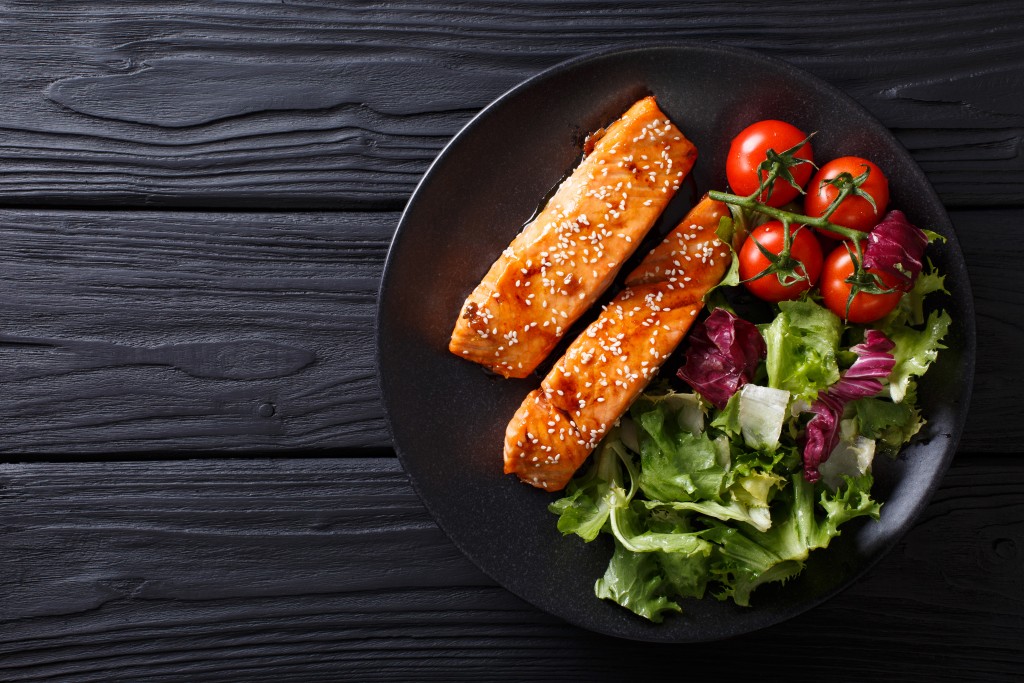Almost everyone loves seafood since it can be served for any known occasion, has a luxurious taste, and is known for being exotic. But it’s not only something that can be served in high-end restaurants, lofty dinner celebrations, or when you’re at a resort beside the bay: it’s also a source of sustenance and nutrients for coastal towns living close to the sea and a source of nutrition for sailors and seamen.
Seafood is a great source of nutrients and protein that you won’t normally find in a lot of land-based meat. When it comes to protein, omega-3 fatty acids, zinc, iodine, and iron, seafood is at the top of the list in nutritional value. However, most types of seafood, such as enormous marine animals, are known for having methylmercury levels that can be toxic to the human body. This compound is known for having adverse effects on a person’s nervous system and central nervous system. As such, we must know and substitute much of this seafood with low-mercury ones.
Why Does Seafood Have Mercury?
Right before we can get to why we should substitute seafood that’s high on mercury, we’ll need first to know why we have substitute high-mercury seafood in the first place.
In chemistry, mercury is a naturally-occurring element in the environment and is known for being one of the heavier and denser elements. However, it’s not just a naturally-occurring element, and it can be produced as an industrial byproduct. This means that mercury is formed from human activity, such as burning coal and fossil fuels. It can even be produced from households and manufacturing complexes.
Where does all of these end up? Most of this waste will end up on shores, seas, lakes, rivers, and other bodies of water. The number of bacteria present in the ocean and on the guts of several marine organisms can convert much of this mercury (inorganic) to methylmercury (which is combined with carbon).
That said, most of these sea creatures, especially those living close to coastal towns and shores (such as tuna), are known to absorb much of the water that contains mercury, especially through their gills and other smaller fish they eat. Like most of these fish, humans will then absorb this mercury through the seafood they eat.
Dangers of Eating Mercury
The risk factors that are related to eating fish with high mercury content will ultimately be determined by several key factors:
- Type of mercury that’s being consumed (inorganic and methyl)
- The amount of mercury and the time of exposure
- Body conditions and age (For instance, fetuses are quite vulnerable to mercury)
According to international health organizations like the World Health Organization, they claim that we’re all exposed to mercury at some point in our lives. However, the amount of exposure that’s exposed to us is not really harmful. Still, most experts would say that those with long-term mercury exposure will exhibit problems related to their senses or nervous system.
If you do find the following symptoms of mercury poisoning, you should seek help from professionals:
- Peripheral vision will start narrowing down, which can eventually lead to blindness.
- Cerebral palsy
- Inability to hear and form coherent speech
- Difficulty walking, muscle atrophy, and inability to balance the body.
Another age group that’s especially vulnerable to mercury is under five to six years old. Mothers who are currently conceiving a child should also steer clear from mercury since this can severely impair brain and nerve development.
This can cause the following health problems:
- Seizures
- Blindness
- Mental and intellectual development problems
If you want to know more about providing the right nutrition and diet for those seeking a more healthy life, there are a variety of classes and courses that you can attend. Fortunately, some nutrition courses for personal trainers can help effectively ensure that a person will have the right calories while effectively discerning any toxins that might be on food.

Substituting High-Mercury Seafood
Still, the process of replacing high-mercury seafood can be a bit tricky. But here’s a list of low-mercury substitutes that you can use instead:
- Clams
- Sardines
- Crabs
- Cods
- Shrimps
- Squids
- Scallops
- Mullet
- Herring
- Albacore
- Seatrout
It’s important to note that breastfeeding mothers or those currently pregnant can only have around two to three servings every week of low-mercury seafood (except mullet, herrings, seatrout, and albacore) and shouldn’t have more after that.
In terms of recommended services, it will depend on age. One serving is equivalent to around 113 grams, while one serving for children will equal 28 grams.
Mercury can be detrimental to your health and can cause a variety of different problems in your body. Thus, it’s appropriate that we substitute food that’s high in mercury with those that have low mercury content.





